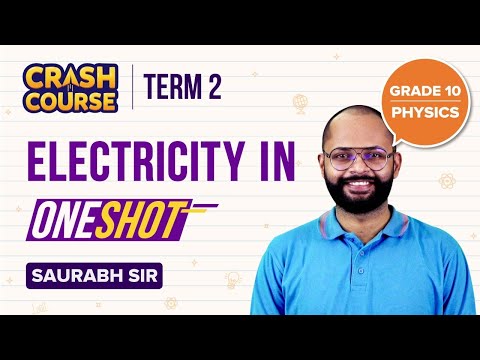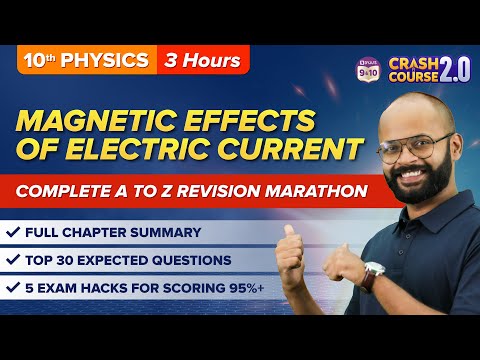Electrical Conductors are a very important part of our lives. Our entire power grid is made up of electrical conductors and insulators. Recently we’ve added another term, ‘semiconductors,’ to this list! How does electric conduction work? What happens when an electrical conductor conducts electricity? Let us know about the electric current in conductors.
| Table of Contents: |
Understanding Electric Current
In the previous article, we understood how the movement of an electron creates an electric current. Now let us learn about electric current in conductors. Imagine a body, invariably made up of atoms. The atoms are made of electrons, protons, and neutrons. Due to being loosely connected, electrons can move freely inside the body, which is called electrical current. Under normal conditions, the electrons are moving randomly inside the body and hence the net electric current is zero since they all cancel each other out.
The application of an electric field around the body is also another way to cause movement in electrons but the catch is that the electric field does not influence everything. This is where the distinction between electrical conductors and insulators comes in electricity. The electric field can cause the electrons to move around. Through this influence on electrons, we can give a net direction to the motion of the electrons. This is how we generate an electric current.
Visualizing Electric Current
Imagine a circular rod made of an electrically conducting material. Apply an electric field of magnitude Q to it. This means that one rod end assumes a positive and negative potential. Since electrons are more mobile than protons, they rush to cancel out the positive potential developed at the left end of the rod. This motion of electrons is also called an electric current. According to the scientific convention, electric current flows opposite to the direction of the flow of electrons.
Conductors
Bodies in which the application of electric field results in the generation of electric current due to the movement of the electrons is called Electrical Conductor. In such bodies, the electrons are free to move around inside the body and their random motion can be influenced by an electric field. Most electrical conductors are metals mainly because metals possess electrons in the outermost orbit where they are most loosely held and can move around easily. The wires supplying electricity to your houses are supplying fresh, energetic electrons to your house for you to use. We have learned to use it, and we have become completely dependent on electricity.
To know about the testing liquids for conduction, see the video below

Insulators
Certain bodies do not possess free moving electrons like metals. Materials with fixed electrons, such as plastics and rubber, do not respond to the electric field at all. The electrons in such materials are not free to move around and generate an electric current. Such bodies are called Electrical Insulators. The plastic coating around the wire is an insulating material that prevents you from getting shocked by the electricity within the wire.
Electricity is vital to our lives. We may build our machines, but electricity is what runs them.
Frequently Asked Questions – FAQs
What is an electrical conductor?
Give some examples of insulators?
Some examples of insulators are:
- Plastics
- Rubber
- Paper
Why is plastic coating done around the conducting wire?
The plastic coating around the wire acts as an insulating material that prevents electrical shock caused by electricity.
What is a semiconductor?
Define electric current?
An electric current is a flow of charged particles like electrons or ions, moving through an
electrical conductor.
Recommended Videos
The below video helps to revise the chapter Electricity Class 10 |
The below video helps to revise the chapter Magnetic Effects of Electric Current Class 10 |
Hope you have understood electric current in conductors. Stay tuned with BYJU’S to learn more about conductors, insulators and many more.



This is good for pdf notes